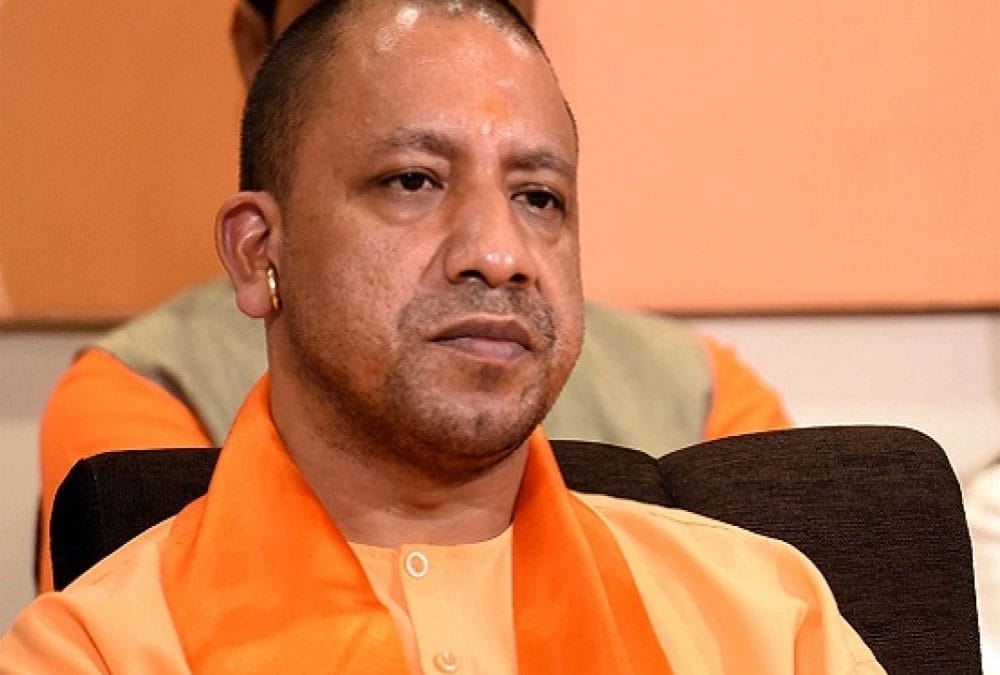What is the long-standing Ayodhya/Ram Mandir dispute all about?
It boils down to a plot of land in the city of Ayodhya in Uttar Pradesh. The site that is regarded among Hindus as the birthplace of Lord Rama also historically locates Babri Mosque. Now whether a previous Hindu temple was demolished or modified to create the mosque is a question.
The conflict of history
According to the Hindus, the land on which the Babri mosque was built in 1528 is the ‘Ram Janmabhoomi’ (birthplace of the god-king Rama). But, Mir Baqi, one of Mughal king Babur’s generals, is said to have destroyed a pre-existing temple of Rama and built a mosque called Babri Masjid (Babur’s mosque) at the site.
Both the communities have worshiped at the “mosque-temple”, Muslims inside the mosque and Hindus outside it. However, in 1885 a petition was filed by the the head of the Nirmohi Akhara asking for permission to offer prayers to Ram Lalla inside what was known as the Babri Masjid.
The permission was not given but in 1886, district Judge of Faizabad court FEA Chamier gave his verdict and said, “It is most unfortunate that a masjid should have been built on land specially held sacred by the Hindus, but as that event occurred 356 years ago, it is too late now to remedy the grievance.”
It was in 1950 that a local resident Gopal Singh Visharad filed a complaint in the civil courts requesting permission to offer prayers in the mosque where the idols were installed.
Court’s verdict
The Allahabad High Court ruled the disputed land in Ayodhya will be divided into three parts. The 2.77 acres land will be divided between Hindus, Muslims and the Nirmohi Akhara.
A bench of Justices Aftab Alam and R.M. Lodha stayed the September 30, 2010 judgment of the Lucknow Bench of the High Court after admitting a batch of appeals from both Hindu and Muslim organisations. The bench considered the verdict by the Allahabad High Court as ‘strange’ as no party prayed for it.
The Bench said the status quo at the disputed site would remain as directed by the 1994 Constitution Bench and the order passed on March 13-14, 2002.
Recent developments
Earlier this year Vishwa Hindu Parishad (VHP) announced a nationwide drive to collect stones for construction of the Ram temple in Ayodhya. Recently, two trucks of stones arrived in the city and the president of Ram Janam Bhumi Nyas, Mahant Nritya Gopal Das told PTI there was a “signal” from the Modi government to build the temple “now”.
This assertion of the VHP might face opposition from the state government as Principal Secretary (Home) Devashish Panda had said that the Uttar Pradesh government would not allow arrival of stones in Ayodhya for Ram Mandir.
Source: India Today

